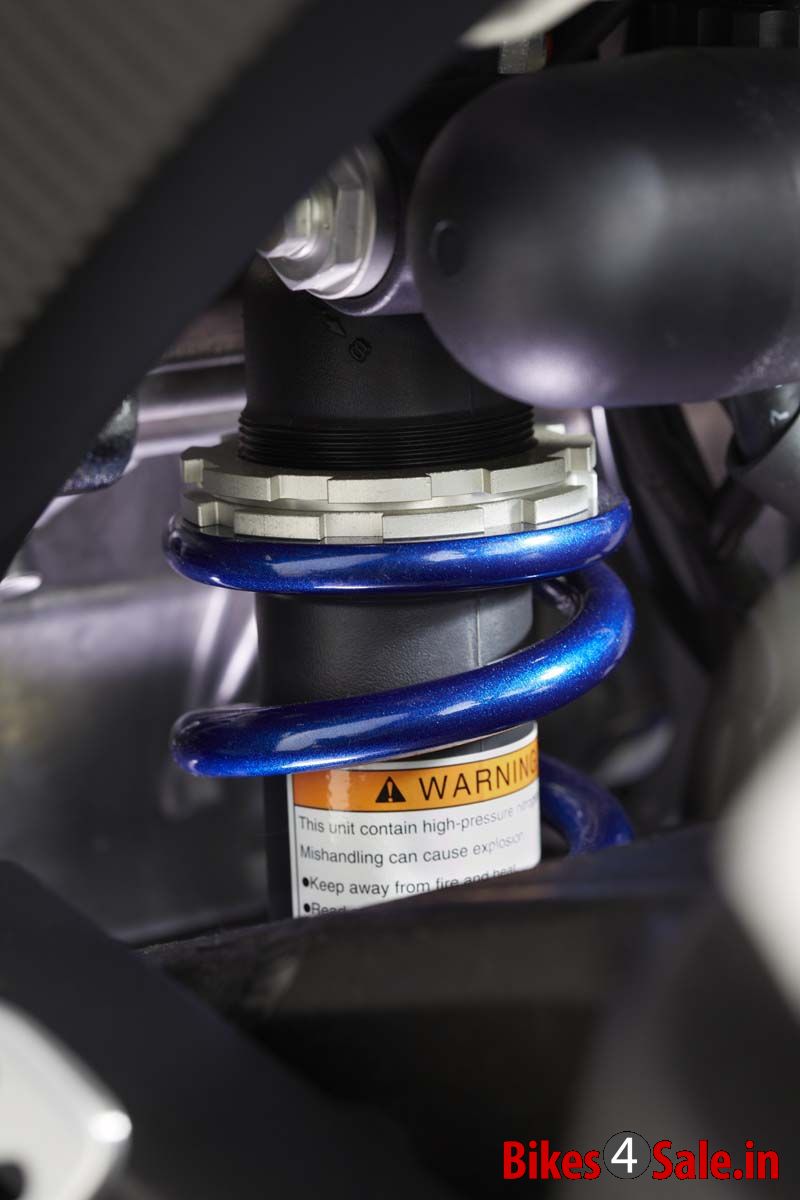Know the market value of your used bike
KMs Run
A bike without shock absorbers is like sleeping on a bed made of concrete. Suspension on a motorcycle has two main purposes.
1. To provide adequate comfort for the rider and pillion.
2. Contribute to the handling and braking aspects of the motorcycle.
The purpose it serves is the same for all vehicles.
Regular and Upside-down Forks: Regular forks have been in use for a long time in suspension setups and Inverted Forks are a bit recent. Inverted or Upside-down forks were invented to reduce deflection in the telescopic tubes, which is claimed to add to the handling of the bike. This is mainly for the front end of the bike.
Pre-load Adjustment: It is an adjustment tool equipped to the bike's suspension to adjust stiffness of the fork. Soft and Hard options are the usual choices.
Steering Damper: Found on most of the performance bikes, these are mechanical devices that prevent the handle bar from oscillating violently when the front wheel of the bike momentarily loses traction and the rest of the bike tries to stabilize the front end, which results in losing control of the bike (tankslapper). This has been found to lead to accidents. Steering dampers can also be custom fitted, there are two types: linear and rotary.
Twin Shock - Regular Swingarm: The most common suspension set up found on most bikes and is considered the basic set up. Manufacturers currently are phasing out this set up because of the weight added to the structure and overall efficiency of the suspension.

Monoshock - Regular Swingarm: Uses a single coilover(springs) unit mounted centrally to the rear swingarm. Came about in the 1970's, trademark of Yamaha. The main advantage here being the weight reduction. The disadvantage is that the parts are exposed to the elements while riding.
Monoshock - Single Sided Swingarm: This suspension setting is relatively new and it finds major use in the racing arena. The swingarm itself is engineered to be super-strong and super-lightweight. One of the advantages of such a set up is that the rear wheel can be easily removed. However, this is not meant for the regular road users who wouldn't have to remove their rear wheels on a daily basis but for those mechanics at the pit crew in a race. Bending is minimal in the single-sided swingarm and the stress is localised to one side (the only side) of the swingarm. To prevent the swingarm from twisting, cross-bracing is given to contain the torsional loads, making them look larger when compared to the others.
Rear Monolever: Introduced on BMW's shaft driven dirt bike, the R80GS, in the 1980's. The swingarm housed the shaft that drove the rear wheel and the shock unit was attached to one side of the swingarm to resist the torsional loads arising from the single swingarm.
Rear Paralever (1): Introduced on another shaft driven bike, the R100GS, in 1987. Similar to the monolever, this has a control rod/control arm between the swingarm and the rear drive. The shock unit is mounted the same way as in the monolever. However, with this set up, BMW aimed at better management of loads and forces and also enables the drive shaft to function smoothly even as the swingarm is toiling away, thereby increasing performance.
Rear Paralever (Modern): Introduced in 2004, this suspension setting has the control arm moved above the swingarm/drive shaft and the rear drive has a hole to save weight and such a set up had reduced the unsprung weight. Ex - R1200GS
Go back to Motorcycle Knowledge Base
Get the best price for your old bike. Sell your bike at the Largest Used Bike Market.
